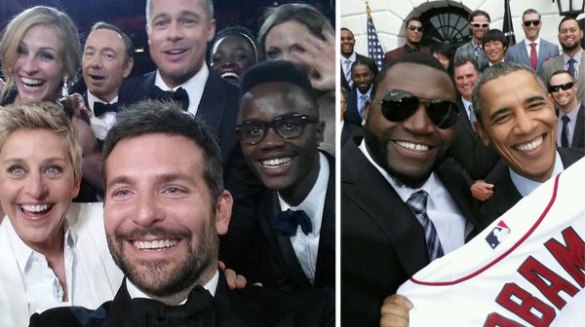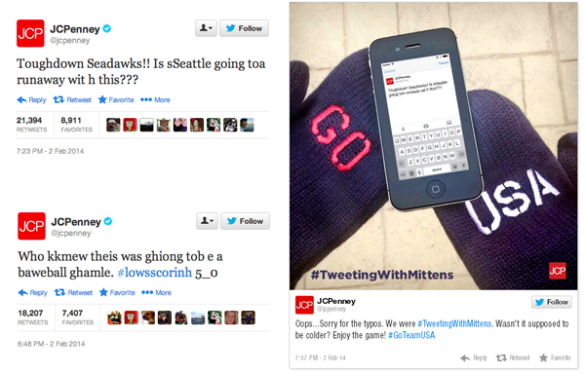 Welcome back to the Big Gameys – where the awards are made up and the points don’t matter. For the 2nd year of my awards, I’ve got some repeat categories mixed in with some new ones. Let’s do this.
Welcome back to the Big Gameys – where the awards are made up and the points don’t matter. For the 2nd year of my awards, I’ve got some repeat categories mixed in with some new ones. Let’s do this.
Oreo Lights Out Award: Totino’s Live Tweeting the Super Bowl…a Day Early
The real time social media engagement inaugurated by this award’s namesake is now common place. It’s harder to have that breakthrough tweet, vine, snap with everyone doing it now (link to monster). So Totino’s delivered their realtime campaign before anyone else could, on the day before the game. The ridiculously #sparts mocking campaign was pretty clever, my only knock was that (gross generalization warning) mostly sports mind males eat Totino’s products, so coming across as not knowing football seems a little off brand. But still, it was unique.
Runner Up: Monster “Congratulations Seattle!”
What the Heck Just Happened? Award: Nationwide “Make Safe Happen”
So much has been said already about where they went astray. It wasn’t the message, it was the messenger. We can debate how altruistic Nationwide’s intentions where (Hint: this backlash didn’t surprise them). What they could have done was made a PSA that was a little less sales pitchy or even a little less morbid. Adding a tagline to dead kids is just bad.
Runners Up: Loctite “#WinAtGlue”
Troll Award: Chevy “Blackout”
Some may have missed it as it aired right before kickoff, but this was one of the rare ones that tried to sell something – Wi-Fi in a truck. So in a way it is a troll on two counts. Actually trying to sell something during the Super Bowl and making people think their cable just went our right before the game. It was timely, clever and tried to sell me something.
Runner Up: Budweiser bidding other brands keywords on twitter
Bourne Identity Crisis Award: Nationwide
They went from Mindy Kaling being invisible to that dead kid one. It doesn’t get much more polar opposite than that. The Mindy commercial was ok, but was completely overshadowed by the dead kid one. Mindy’s ad hence became a waste which is unfortunate because it was the only one that delivered the brand message.
The Budweiser Puppy Overrated Award: Budweiser “Lost Dog”
The Budweiser puppy wins 2nd year in a row – first repeat award so I named it after him/her. The cute, cuddly canine wins this year for the same reasons as last, so I’ll just copy what I said last year:
“I know why people like this commercial – the warm fuzzies. I get that Budweiser was telling a ‘buds’ story utilizing their iconic Clydesdales. But the horse took a back seat to the dog (as cute as it may have been). The ad is receiving attention for reasons other than the product or the brand. In contrast, last year’s [2013] ad featuring the Clydesdale and its trainer told a similar story, but with more brand-centric warm fuzzies.”
Tried Too Hard to be Cool Award: Nissan “With Dad”
Cool this year were emotions and dads. Nissan went heavy on both and whiffed. The commercial had a breakneck pace which made the story hard to get. Only thing help me grasp the story was the song “Cat’s in the Cradle” playing in the background- which as several have pointed out, may not have been the best choice.
Runner Up: Toyota
Newcastle Best Campaign by a Non-Super Bowl Advertiser Award: Newcastle “Band of Brands”
Once again this award’s namesake created an elaborate marketing campaign around the Super Bowl without being an official advertiser. Last year’s target was the hype and epic quality of Super Bowl ads. This year, the target was more specific – Doritos popular “Crash the Super Bowl” ad crowdsourcing campaign. For the “Band of Brands,” the beer brand used Aubrey Plaza to pitch the idea of several brands pulling their money to create an ad with all of them in it. A total of 37 took Newcastle up on their offer. The idea and Plaza both fit Newcastle’s “No Bollucks” brand. See the whole campaign at www.newcastlebandofbrands.com.
Runners up: Totino’s
Best Laugh Award: Snickers “The Brady Bunch”
Not as many to choose from this year’s somber bowl. Snickers took their popular “you’re not you when you’re hungry” ads up a notch with Danny Trejo as Marsha Brady. It was weird, but probably accurate. They then topped it off with a Steve Buscemi as Jan zinger.
Runner up: Fiat “Blue Pill”
Haters Gonna Hate Award: GoDaddy “Working”
GoDaddy had to scramble after its original ad had been pulled, and as many critics pointed out, it showed. In a vacuum, it’s a great ad. It empathizes with a key target audience – those small business owners, working when others are partying. While it was a little underwhelming for the spectacle of the Super Bowl, it is still a great ad.
Best Rip-off of Another Super Bowl Advertiser Award: Esurance
I liked the concept even though Snickers sorta has done the same thing for awhile now and did it in the Super Bowl. In a vacuum, it’s a great concept that makes a more logical point than the original. It also had pretty good star power. Sorta like Snickers.
Lost in Translation Award: Toyota
It’s hard to translate incredible feats of determined amputees to a car brand. Sorry, can’t do it. The people are inspirational. The shiny new Camry that they drive is not.
Warm Fuzzies Award: Always “Like a Girl”
Unusually large crop of ads this year that made you feel all kinds of feels. Dads. Puppies. Overcoming disabilities. Dead kids. As a dad of a daughter, “Like a Girl” takes the cake. Sure I’m biased, but everyone has different emotional triggers (puppy’s just don’t do it for me). The message is powerfully delivered and made me a little uncomfortable in a good way. Despite my feelings, it still falls into the doesn’t-really-sell-anything trap, but the cause is a natural fit (I don’t think you can get a much more feminine brand).
Best of Show: Mophie “All-Powerless”
It didn’t really strike me at first, but the more I thought about it the more I liked it. I had never heard of the brand before, so that helped its cause here. It captures that feeling – as trivial as it may seem – that everyone gets when their phone dies. THE WORLD IS ENDING. It then introduces its product as a solution to a problem, which as I have said before, is a rarity in the Super Bowl.
Like I said before, my Super Bowl viewing was limited so tell me what I missed.
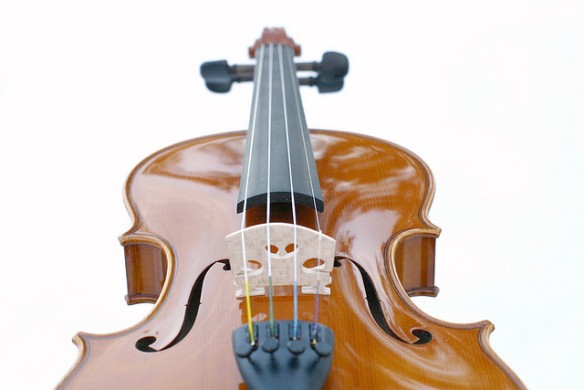
 he Jacksonville Jaguars of the National Football League are in the midst of renovating their home stadium, EverBank Field. This renovation features the standard stadium upgrades like
he Jacksonville Jaguars of the National Football League are in the midst of renovating their home stadium, EverBank Field. This renovation features the standard stadium upgrades like 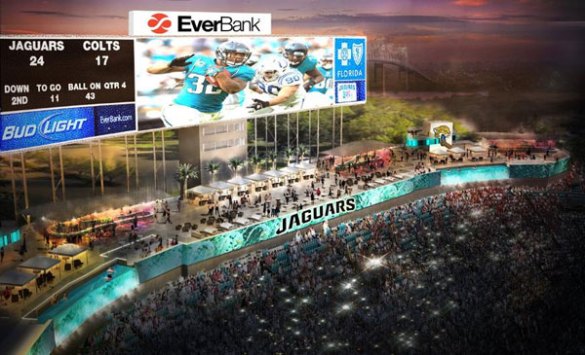
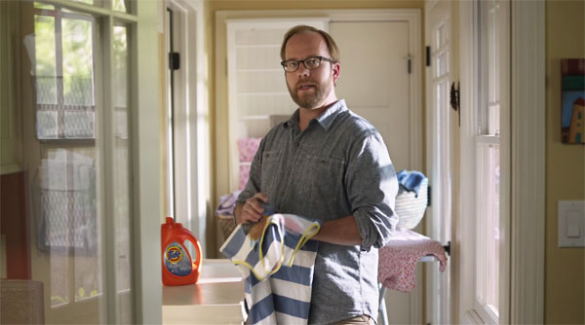 The typical American family is anything but typical these days and advertising is finally reflecting that. Brands are being lauded, and rightfully so, for their inclusion of more diverse family dynamics in their ads. While more drastic changes to the two white heterosexual parent households stereotype are grabbing attention, one family role is benefiting from these changes.
The typical American family is anything but typical these days and advertising is finally reflecting that. Brands are being lauded, and rightfully so, for their inclusion of more diverse family dynamics in their ads. While more drastic changes to the two white heterosexual parent households stereotype are grabbing attention, one family role is benefiting from these changes.

